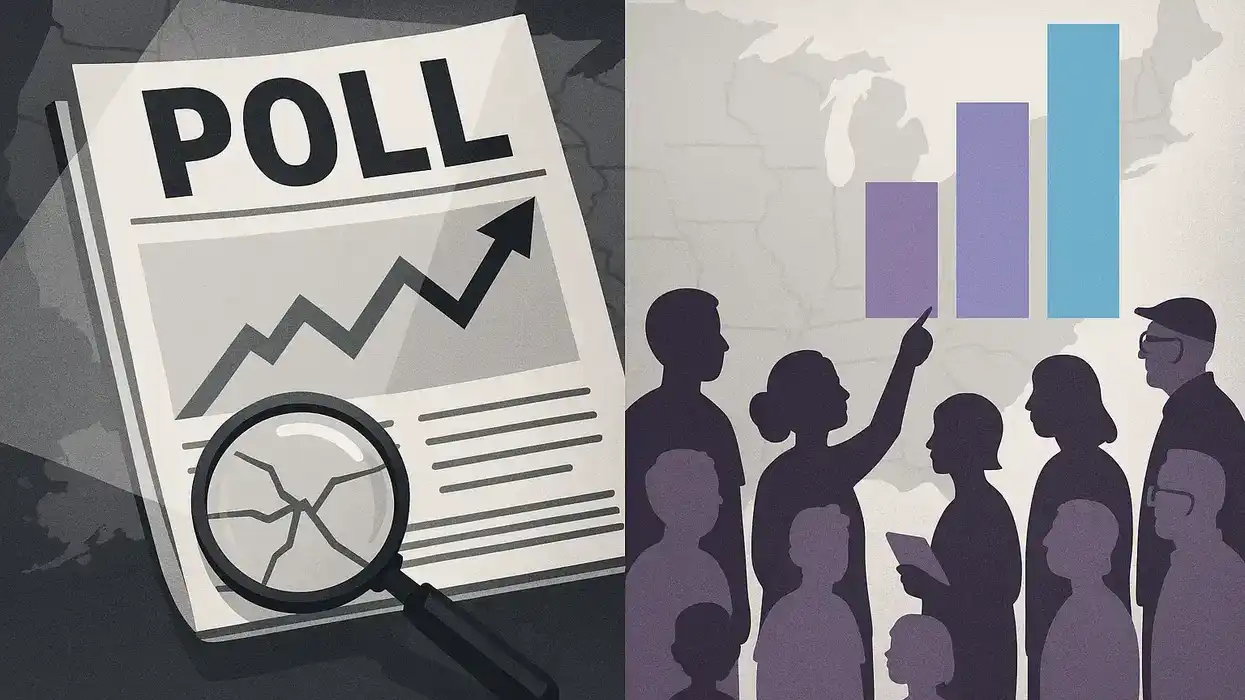WASHINGTON–Changes to the Child Tax Credit in the House reconciliation bill would strip benefits from millions of children in immigrant and mixed-status families, while expanding credits for wealthier households, economists said.
“If you were concerned about children’s well-being, you wouldn’t be looking for excuses to remove children from the Child Tax Credit and push them into poverty,” said Adam Ruben, Director of Economic Security Project Action.
The Child Tax Credit, established by the Taxpayer Relief Act of 1997, was designed to ease the financial burden on low- to moderate-income families with children. Because it is delivered through the tax system, many recipients receive the payments automatically, often as direct deposits into their bank accounts.
This method has proven to be an efficient way to provide unrestricted income support for families in need, according to Kathryn Menefee, senior counsel for income security at the National Women’s Law Center Action Fund.
Under the reconciliation bill passed by the House last month, two major changes would be made to the current Child Tax Credit: imposing a new Social Security Number requirement on parents in recipient families and expanding the full credit from $2,000 to $2,500. The Senate has not yet passed the bill.
New Social Security Number requirement targeting immigrants
One major provision in the reconciliation bill would require both parents—or the single parent in a single-parent household—to have a Social Security Number for their child to qualify for the Child Tax Credit. Some studies estimate the change could exclude millions of U.S.-citizen children in immigrant and mixed-status families from receiving the benefit, and advocates said the proposal targets immigrants rather than supporting children.
Provisions targeting immigrants were also included in other sections of the proposed reconciliation bill, such as healthcare coverage and food assistance programs. GOP lawmakers argue that many of these programs should be limited to U.S. citizens.
“These programs were never designed to incentivize those who enter the country illegally,” said Rep. Derrick Van Orden, R-Wis., during a budget hearing on farm subsidies and SNAP funding.
Currently, a Social Security Number requirement is already in place for the child. The Tax Cuts and Jobs Act, passed during Trump’s first term in 2017, introduced the rule that a child must have a valid SSN to be eligible for the credit.
This means the child must be a U.S. citizen, U.S. national, or U.S. resident alien. That change at the time excluded about 1 million children in immigrant families from accessing the credit.
Under the 2017 provision, children born in the U.S. could still receive the credit even if their parents lacked SSNs.
The newly proposed requirement would go further. Not only must the child have an SSN, but now all parents must as well. If enacted, the policy would disqualify even U.S.-citizen children in some mixed-status households, such as those where one parent is a legal resident and the other lacks a Social Security number (SSN), from receiving the benefit.
Immigrants without SSNs still pay taxes using Individual Taxpayer Identification Numbers, or ITINs. But under the proposed changes, their American-born children would no longer be eligible for the tax credit.
“Immigrants with ITINs pay about $100 billion worth of taxes every year using ITINs. They are also contributing to programs like Medicaid, unemployment insurance, programs that often they aren't eligible for,” said Menefee.
Under the new SSN requirement, the Joint Committee on Taxation estimated that 2 million children—the vast majority of them U.S. citizens—would lose the Child Tax Credit because one or both of their parents lack an SSN. Another research from the Center for Migration Studies estimated that more than 4.5 million children would become ineligible for the Child Tax Credit.
Ruben said the Republican stance appears punitive rather than child-focused.
“By Republicans’ own standards, like Americans are the best and immigrants are the worst, these are American children,” he said. “So it really does underscore that they’re looking for a punitive approach, rather than an approach that puts children first.”
“Looking at the bill as a whole, it overwhelmingly targets, villainizes, demonizes immigrant families,” Menefee said. “This Child Tax Credit exclusion feeds into this bigger narrative that we're seeing from the administration and from some congressional Republicans that immigrants need to be excluded from benefits.”
Increased credit amount only benefits wealthier families
Another proposed change to the Child Tax Credit is to raise the full credit amount from $2,000 to $2,500, which would not bring more benefits to the lowest-income working families but would expand benefits for higher-income families.
Today, 17 million children in low-income families receive no Child Tax Credit or only a partial full credit because of the income requirements in the current Child Tax Credit structure. A family with two children must earn just over $29,000 to receive the full credit of $2,000 per child.
“Lifting the credit to $2,500 makes nothing difference for the lowest-income families,” said Menefee. “If you weren’t eligible for the full credit before, you’re still not getting any more under this expansion.”
In contrast, the Tax Policy Center estimated that the top 20% of families with children would see their received credits increase by more than 20%, ten times more than what the lowest-income 20% would receive.
“Raising the credit for wealthier families while excluding the most vulnerable families from the credit is not pro-family,” said Ruben.
Republicans have opposed expanding the Child Tax Credit to the lowest-income families, arguing that the policy should also be pro-worker. They have expressed concern that making the credit another form of “social welfare system” could discourage labor force participation.
Menefee argued that the Child Tax Credit changes Republicans proposed would not function as a meaningful work incentive.
“It’s just not enough money,” she said, noting that the families who would benefit from the proposed $500 increase are already on the higher end of the income scale, who may not even notice the extra amount.
“There’s no real incentive to try to work more for it,” Menefee said.
Moreover, Menefee pointed out that the 2021 expansion of the Child Tax Credit under the American Rescue Plan Act actually helped increase work participation. The law temporarily increased the maximum credit to $3,000 per child, with an additional $600 for children under the age of 6, and made the full amount available to families with no earnings.
“In fact, having this extra income helps low-income families pay for things like child care, transportation — things that actually help them go to work,” Menefee said.
Evidence has shown that the 2021 expansion of Child Tax Credit boosted work participation and cut child poverty nearly in half that year. However, the policy was not extended beyond 2021 due to a lack of support in the Senate.
“The Republicans talk a lot about using the credit to incentivize people to work, but I don't think many of them think about it very clearly,” said Ruben.
He explained that under the current structure of the Child Tax Credit, the benefit phases in at a rate of 15% after a family earns $2,500 annually — meaning families receive 15 cents in credit for every dollar earned beyond that $2,500 threshold.
“If all you cared about was incentivizing people to work, you would start the credit with the very first dollar they earn, and you’d phase it in more quickly,” Ruben said.
But he does not think that’s what Americans want from the Child Tax Credit.
“That’s not our goal,” he added. “Our goal is not to use this as a social policy tool to manipulate people into working more. Our goal is to make sure that children grow up with the basics, and that families have economic stability.”
Huiyan Li is a reporter for Medill News Service covering business & technology. She is a journalism graduate student at Northwestern University specializing in politics, policy, and foreign affairs.
The Fulcrum is committed to nurturing the next generation of journalists. To learn about the many NextGen initiatives we are leading, click HERE.



















